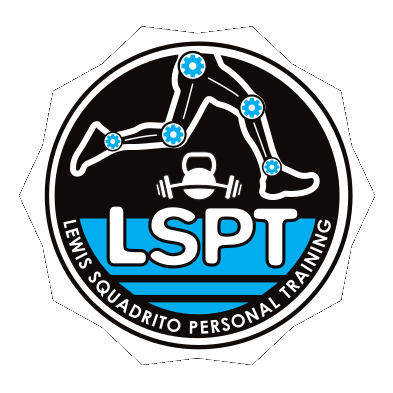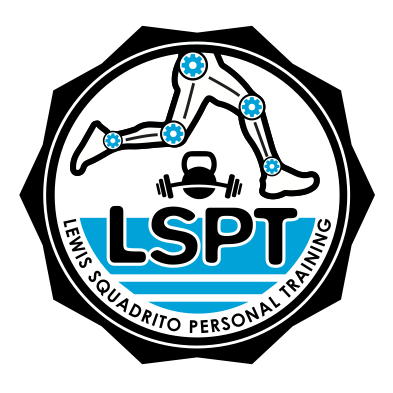My life as a competitive runner has been a journey marked by highs and lows, with injuries being a significant part of my narrative. From muscular tears to tendonitis, stress fractures, plantar fasciitis, and much, much more, I’ve faced them all. However, a severe accident a few years ago during a training session on Golden Stairs in Katoomba led to a complete halt in my running and training. This accident caused extensive damage – bone bruising, ligament damage, a torn LCL, a shot lower back, and popped AC joints. The next year and a half were dedicated to recovery and restoring functionality.
Fast forward to the end of 2023, I resumed running and have been at it for about three months. But, as with any sport, setbacks are inevitable. Recently, after a particularly intense training session involving a 30min flux run and 400m efforts, I noticed a dull ache and tightness in the top back of my right thigh and under my but. Nothing crazy, just a dull ache. After a cooldown the ache had developed into a tight feeling down the back of my leg as well as stiffness through my hips.
In the coming days this pain presented as an ache in the morning that gradually lessens through the day and discomfort when running fast on flat ground but subsided at slower paces on inclines. It hurt when externally rotating my hip and doing hip hinges.
Some of you may be thinking ‘this sounds like high hammy tendinitis’ and you would be right. Now, typical rehab for this injury might involve isometric strength exercises and slow eccentric work for the hamstrings. But as someone who can squat 150kg and perform single-leg RDLs with a 40kg barbell, why would I be prescribed the same basic exercises that are handed out on a daily basis? Why do we often receive a one-size-fits-all treatment?
The issue isn’t just the diagnosis but the approach and a misunderstanding of the injury’s mechanism. The narrative that these injuries are solely due to weakness, and the hamstring not being strong enough to bear the load, is overly simplistic. Understanding the mechanics is crucial.
For example, consider why this injury hurts more on flat ground than on hills. The difference lies in the gait cycle. On a hill, your foot strikes the ground sooner with a more bent knee, altering the leverage. The glutes are in a more mechanically advantageous position to drive hip extension on a hill, whereas the leverage shifts to the hamstring on flat ground. Especially if casting out or overstriding, which I seem to be.
Try this: Lie on your back with knees bent to 90 degrees, feet flat, and lift your hips. You’ll feel a combination of hamstring and glute engagement. Now, with feet further out and knees nearly straight, repeat the lift. You’ll notice your hamstrings engage more intensely.
In the realm of running mechanics, the placement of your foot relative to your center of mass (COM) plays a pivotal role in determining the strain on your hamstrings. When your foot lands too far ahead of your COM, it places an excessive load on your hamstrings. In this scenario, the hamstrings are forced to work harder to pull your body forward against the ground, facilitating the transition into hip extension. This mechanical error creates a fertile ground for hamstring issues, as the muscle is subjected to undue stress and strain. Conversely, a foot strike that occurs under, or close to, the COM allows the hamstring to remain relatively unburdened. In my six years of coaching, every case of hamstring tendinitis I have encountered has been accompanied by this specific gait deviation, underscoring the importance of proper foot placement in preventing such injuries is crucial.
So, what’s the takeaway for athletes, coaches, and physios? First, we need to move beyond reductionist, nonsense non-specific exercises and consider the individual’s strength and mechanics. Rehabilitation should be tailored, acknowledging the athlete’s existing strengths and focusing on the specific mechanics of their injury.
Secondly, understanding the biomechanics of each athlete’s sport and movement patterns is essential. This knowledge helps in designing a more effective and relevant recovery plan. For instance, a runner with a hamstring issue might benefit more from exercises that mimic the demands of running, such as wickets, rather than generic strengthening routines.
Lastly, the psychological aspect of injury and recovery is crucial. An athlete’s mindset, their understanding of the injury, and their involvement in the recovery process can significantly impact their return to sport. Educating athletes about their injuries and involving them in their rehabilitation plan can foster a more positive and proactive approach to recovery.
I hope this story has helped highlight the need for a more nuanced, individualized, and biomechanically informed approach to treating sports injuries. It’s about understanding the athlete’s body, the demands of their sport, and moving beyond the one-size-fits-all mindset. As we evolve in our understanding of sports medicine, let’s hope these insights lead to better, faster, and more effective recoveries for athletes at all levels. Without understanding mechanism, the athlete will most likely fall into bad habits and the injury may subsite for a time. But inevitably return to bite them in the ass.



Great article again, thanks. Bespoke physio is hard to find sometimes. Word of mouth works well amongst elite groups needing best timely treatments. Share contact details if you’ve had excellent experiences.